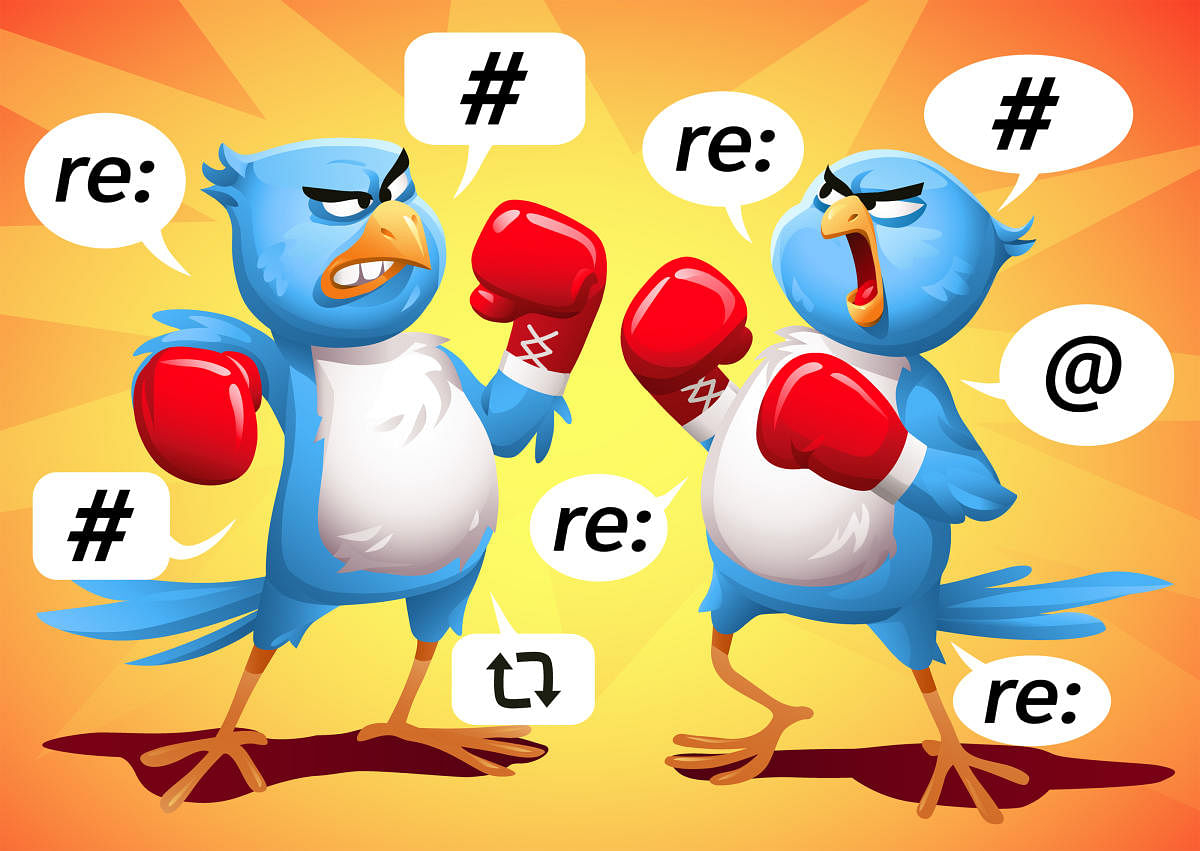
In last month’s column, I mentioned that the US and India were likely to update their intermediary liability rules sometime in the future. Intermediary liability laws decide if social media platforms like Instagram and WhatsApp can be held responsible for the content that users like you and me post. The last time these rules were updated, the process happened in relative obscurity. However, I mentioned any new updates would come under the public spotlight.
As it turns out, shortly after my column was published, the Indian government updated the intermediary guidelines. There has been significant public outcry regarding their implications on end-to-end encryption and impact on digital news and opinion publishers. My contention with the updated rules has to do with blank cheques. Let me explain.
If you have ever been a part of New Delhi’s tech policy circles, you know that it is a tiny community. The topics of discussion might change, but it is the same organisations, organising the same conferences, in the same venues, with the same people attending them. Attend roundtables enough times, and you will be on a first-name basis with most people. I made it to one of these roundtables a few years ago. The panel was discussing, the then recently released amendments to the intermediary guidelines.
Which apps to monitor?
According to the draft released by the Ministry of Electronics and Information Technology (MEITY), the proposed guidelines would only apply to an intermediary who has more than 50 lakh users in India. On the day, most of the roundtable ignored that provision, and understandably, spent the meat of the conversation talking about end-to-end encryption. Not a lot of people seemed interested in acknowledging how vague the 50 lakh users provision was. The draft did not specify if the government meant registered users, daily active users or monthly active users.
Also, say an intermediary has over 50 lakh registered users; how would the government even know? Platforms do not share such data regularly. Apps also do not need the government’s permission to be a part of the App Store or Play Store. Instead, generally, new apps appear on the app store once they have met Apple’s or Google’s standards. So how would the government even know which apps to monitor?
The only conclusion I could draw from the provision and the presence of these rules was they were supposed to be akin to a blank cheque. It wasn’t so that MEITY would apply this across the board for every app on the App Store. Instead, the idea probably was to pick and choose which intermediaries would be subject to the new rules and use the 50 lakh users as a qualifying metric.
So the government could apply the harshest bits of intermediary liability selectively. For instance, Twitter could be held liable under those guidelines, but ‘Koo’ may not. In the broadest sense, the updated IT rules expand that blank cheque scope to include OTT services, news publishers and social media. For instance, the government can penalise services for not maintaining ‘public order’ instead of criminality, which are broad grounds for it to act upon.
Blank cheques like the inclusion of ‘public order’ can entrust great power, which can be dangerous when employed without adequate safeguards about how that power is used.
Most people might not know it yet, but we have entered a new era of internet in India, one with a radically different view on acceptable speech, not to mention the powers authorities have to monitor it.
The writer is a policy analyst working on emerging technologies. He tweets @thesethist.
Tech-Tonic is a monthly look-in at all the happenings around the digital world, both big and small.